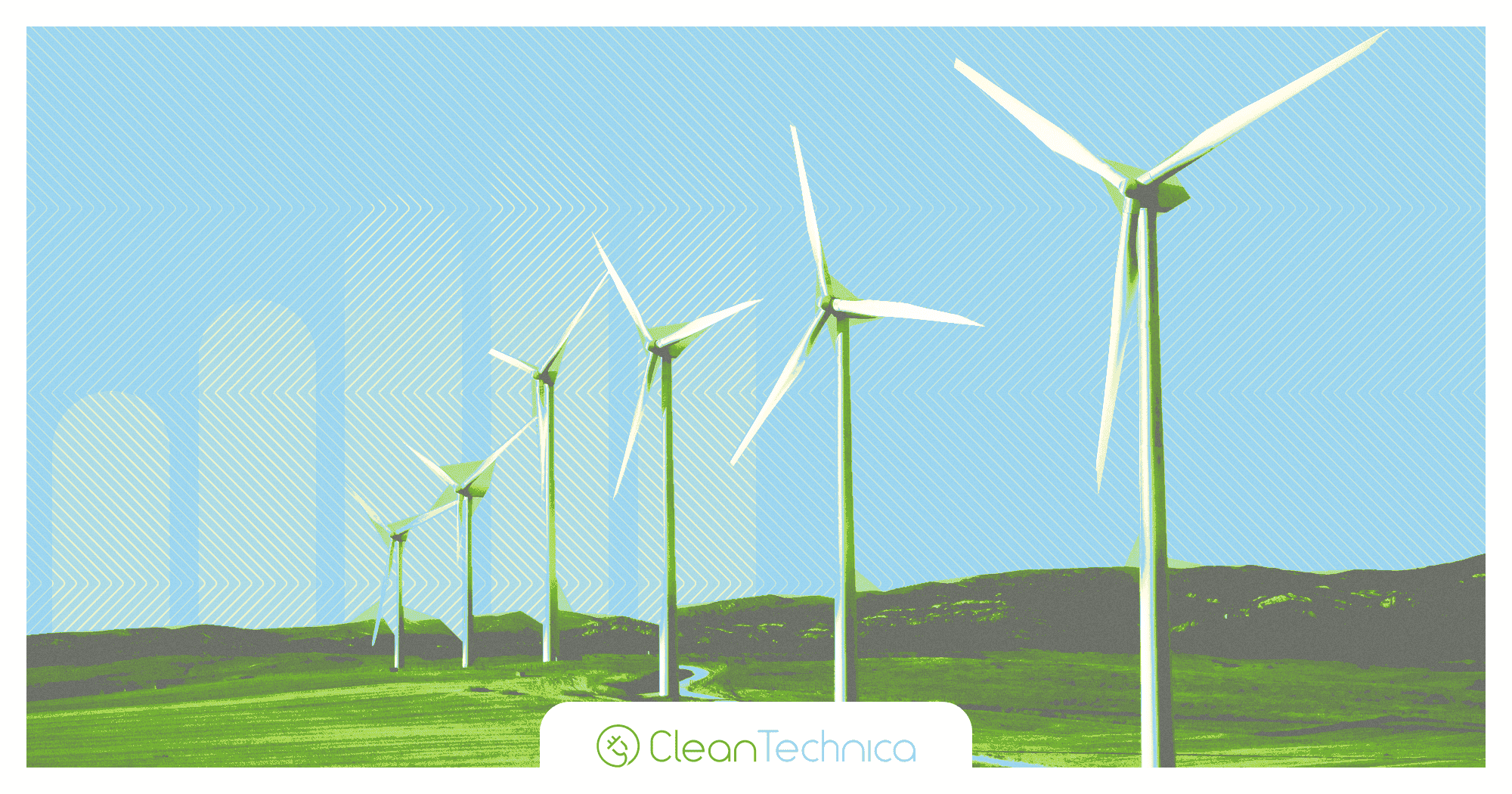Improving Grid Transmission in Andean Countries
In conversation with renewable energy entrepreneurs and enthusiasts throughout South America, the most common response to the question of what needs to be improved is “grid transmission.” This is by no means a uniquely South American problem. There is no continent with a perfect power grid, and investments by the Biden administration show how far the U.S. still needs to progress to incorporate clean energy projects into the transmission grid. However, as Andean countries such as Peru, Colombia, and Ecuador begin to see rapid solar and wind growth, it is important that their grid is prepared.
One of the major difficulties with current transmission grids is the need to not only expand the existing grid to incorporate more projects but also improve the current status of the grid. While Colombia reached a 95% electrification rate more than 11 years ago, it has struggled to increase access to electricity to the remaining 5% of its residents since that time. By improving access to grid entry points for renewable energy projects, Colombia can provide power to rural and poor communities. This would be made easier through new clean energy projects that are being built along the Caribbean coast. Six new grid expansion initiatives have been identified by the Colombian energy ministry and will require almost $4 billion to finance. Unfortunately, due to constraints with renewable energy projects, these grid expansion initiatives may be delayed if they hope to incorporate renewable power.
In the case of Peru, the grid coordinator, COES, is conducting diligence for three wind farms totaling 347 MW of energy. However, COES has had to reject both solar and wind projects in the past due in part to strain on the power grid. Ecuador is also expanding its grid network to fit in more renewable projects. By 2032, Ecuador plans on adding 5,428 MW of hydroelectric and renewable power into its power grid. This will include 1.4 GW of renewable energy between 2024 and 2028. These are accompanied by significant investments in grid transmission, including $241 million for reinforcing the National Transmission System and $340 million for three new transmission projects. This is exactly what needs to be done in all of these countries: investment in grid transmission that matches investment in renewable generation.
Andean countries can look to the United States as a reference for incorporating renewable energy into an expanding power grid. Vikhyat Chaudhry and Kaitlyn Albertoli, the founders of grid infrastructure analytics company Buzz Solutions, offers insights into how South American countries could develop their transmission grids. A critical first step in developing grid infrastructure is investing in modernization and maintenance to provide reliable and efficient power distribution. This can be accomplished by public-private partnerships, using smart grid technologies to improve grid resiliency, and prioritizing robust grid interconnectivity.
Improving grid transmission to include renewable energy projects can do more than reduce emissions in Andean countries. Oftentimes, it is poor communities in rural areas that do not have access to reliable electricity. Kaitlyn Albertoli, CEO of Buzz Solutions, observes that providing power to these areas can be done using new transmission and distribution lines, but also through the installation of mini-grids and off-grid solutions. While transmission growth and modernization are important, there will be some remote and rural locations where it may not be feasible to build new lines. In these cases, governments should invest in other solutions to guarantee that rural communities have access to power.
Have a tip for CleanTechnica? Want to advertise? Want to suggest a guest for our CleanTech Talk podcast? Contact us here.
Latest CleanTechnica.TV Video

CleanTechnica uses affiliate links. See our policy here.

